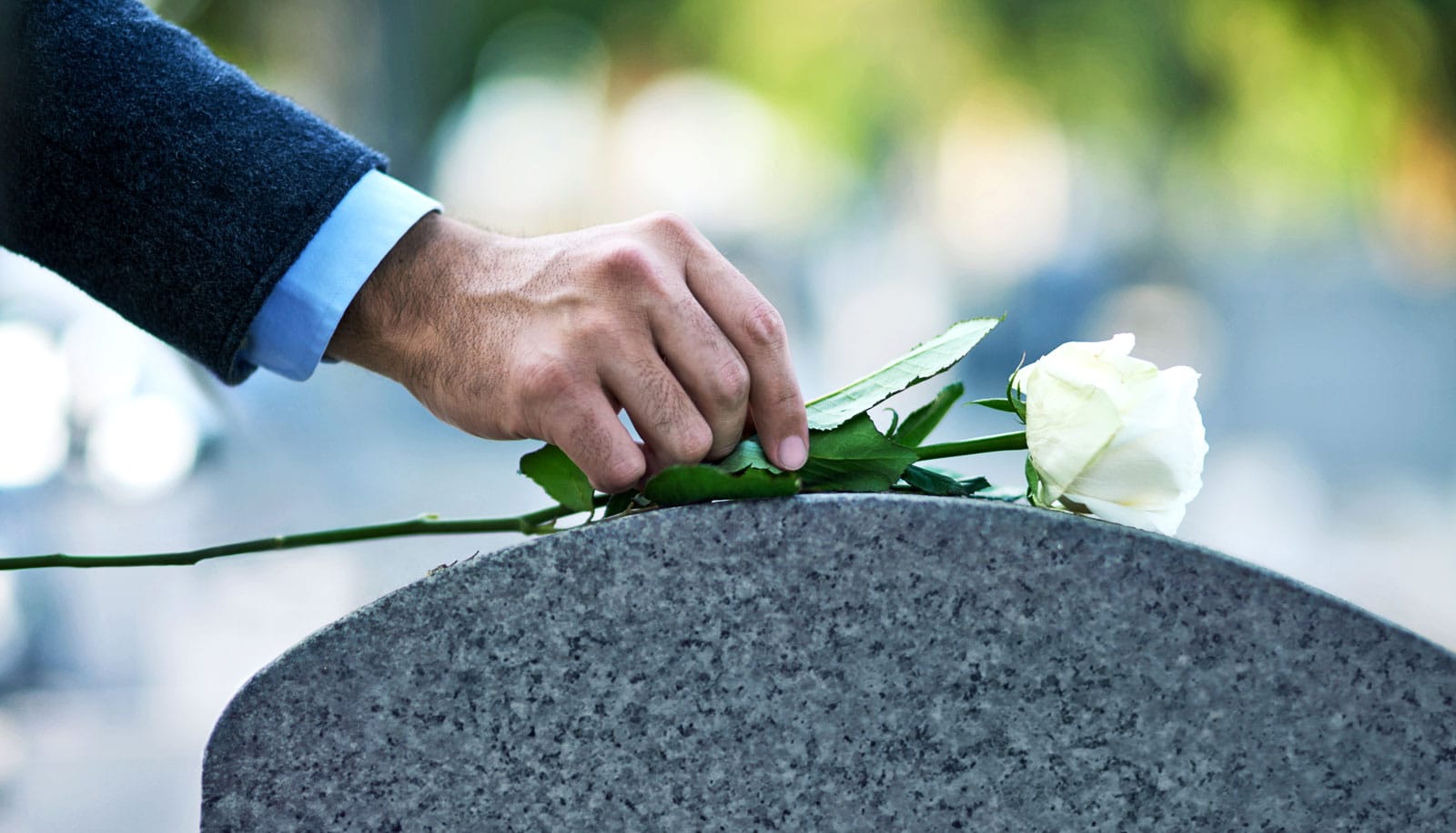A new report aims to ease stressful end-of-life decisions, such as services and burials, for those who have lost a loved one.
The report is intended to help social workers who are responsible for discharge planning in health-care settings, where 80 percent of deaths occur. The report’s lead author, Mercedes Bern-Klug of the University of Iowa’s School of Social Work, also casts it as a helpful guide to navigating funeral homes’ pricing and terminology.
“[End-of-life arrangements] are not the kind of thing that people are comfortable discussing,” says Bern-Klug, an associate professor who has studied aging and older-adult issues for two decades. “We think it will be useful to have this information ahead of time so individuals and families know they have options, and which ones might be best suited to meet their loved one’s wishes.”
The report:
- Defines funeral homes’ terminology, such as “basic services”
- Shows price differences among 48 funeral homes
- Explains federal and Iowa-state laws surrounding funeral, burial, and other after-death options
- Includes a checklist of “things to do” when a loved one dies
- Includes tips for those who want to keep costs as low as possible
Bern-Klug says most funeral homes don’t publish their price lists online, even though they’re required by federal law to provide their rates to anyone who asks for it in person. They’ll also give out the information over the phone, she adds.
One way to save money is to scrutinize the “basic services” charge, according to the report. This item is a standard charge by funeral homes, but the new report finds the actual price ranges from $300 to $3,000—a 10-fold difference.
Patients and caregivers differ on end-of-life choices
“This is not something that most people even know to ask about,” Bern-Klug says.
Besides being more familiar with funeral homes’ services and prices, Bern-Klug recommends planning in advance as much as possible. At the very least, she says, document your loved one’s vital statistics and know the plans for the body (burial, cremation, donation for science) and final dispositions (a funeral service, burial plans, and site, etc.).
The report includes a checklist to help simplify the process.
“One of [the] reasons we included [the checklist] is to help people understand a lot has to happen right around the time of death,” she says. “If you’re inclined to get this organized ahead of time, you can share or delegate tasks, and it will make it easier on you or somebody else.”
The report also includes tips for saving money, including asking about burying more than one person in a plot, acquiring a temporary grave marker, exploring casket choices, and asking funeral home directors about all of the options available to you.
“Information is power. It’s in everybody’s best interest to have that transparency,” Bern-Klug says.
Source: University of Iowa



